
Edaphic islands have long-fascinated me–especially having grown to understand the serpentine barrens of the Klamath Mountains. So when we found ourselves visiting the Central Basin Region of middle Tennessee I discovered, through the help of the Tennessee Native Plant Society, that this area is botanically special for its limestone prairies, often called glades. While numerous state designated natural areas were recommended, I chose to learn about the Middle Tennessee Cedar Glades at Flat Rock Glades and Barrens State Natural Area.
Flat Rock Glades and Barrens State Natural Area
This area offers exposed limestone interspersed with Eastern redcedar (Juniperus virginiaia), oak, and hickory forests that occur in deeper soils. The hot and humid climate of the Nashville Basin promotes dense eastern deciduous forests while the limestone outcrops of the region create mini-deserts where open areas of exposed limestone have been, over millennia, denuded of overlying soil. This rock layer inhibits deep-rooted trees from encroaching while supporting a diversity of plants with shallow roots, like annual grasses. Due to temperature, light, and moisture extremes an environment for flora is fostered unlike any other in the world–where remnant prairies contains both endemics and coastal plain species disjunct from their nearest populations by hundreds of miles. What follows is a photographic tour of the area.
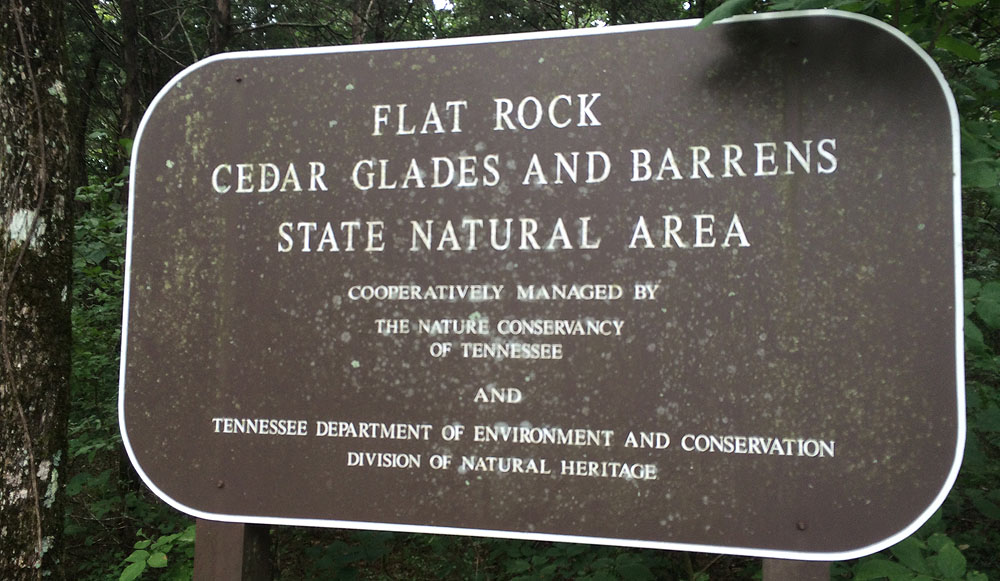
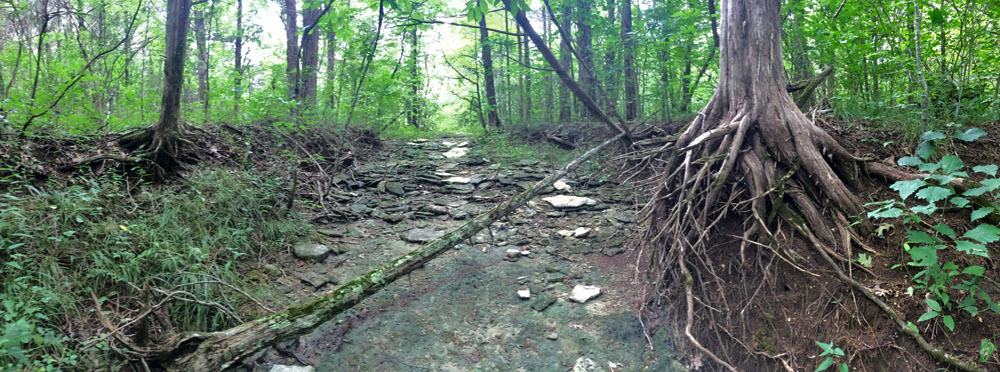

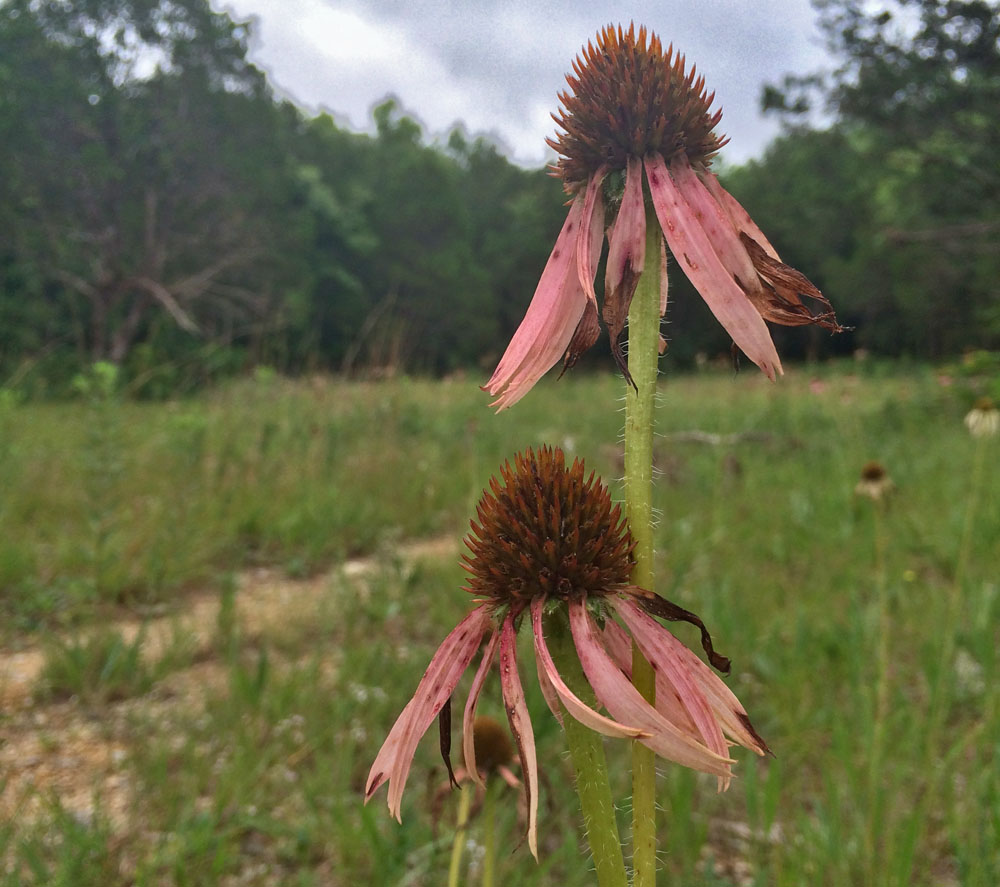
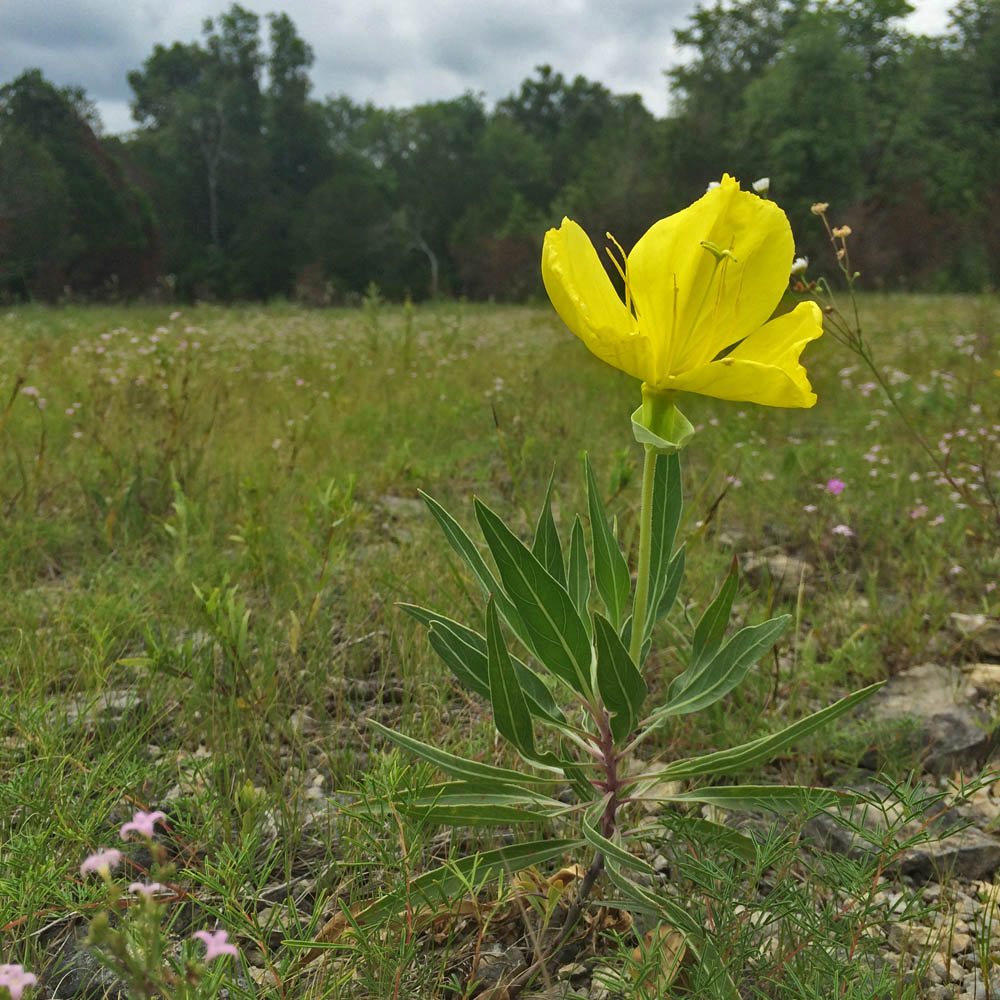
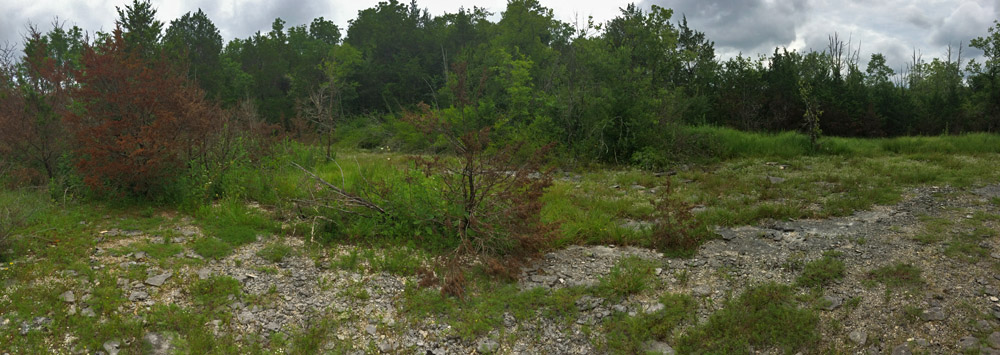
Read more:
- Middle Tennessee State: What is a Cedar Glade?
- My eBird List from the walk
Pictured is not snowy orchid, but a Lobelia species.
Thanks Dan- I jumped to conclusions based on what I read was there. I don’t think I saw the snowy orchids…
It”s the best glade around for observing a wide range of cedar glade plants and habitats. I have been going there for years.